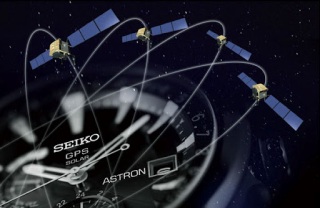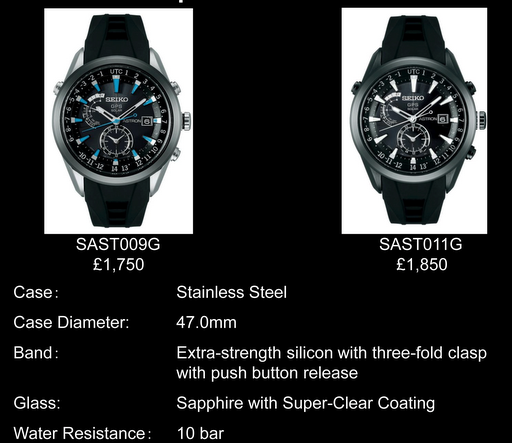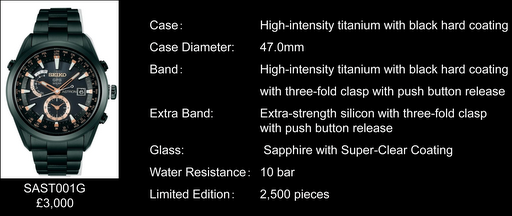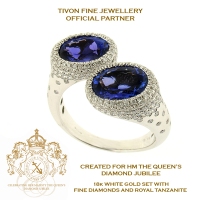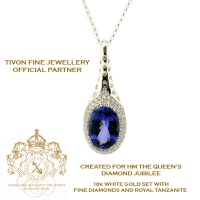This is a question that many of our customers ask us. Well, the simplest answer is that an up to date valuation lets you know what the current cost to, replace an item, is. This is the one area that is hardest for any consumer to know definitively. It is however what we handle everyday – gems and jewellery etc! By handling such items, every day, we are able to keep up with price changes, which can sometimes be quite extreme. The price of gold is still at near record highs, whilst the price of platinum is also above its long term average. The price increases have been most extreme over the last 6+ years. It does mean that your items will be correctly valued at current market price, which will also ensure you are not under or over insured. The overwhelming majority of valuations are carried out assuming that the valuation is required for Insurance of items which would be covered under a household insurance policy on a new for old basis, either as listed items or just for your own piece of mind. Valuations can be carried out for Probate, Second Hand Replacement Value, Sale Between Parties, Auction Sale and other less used reasons.
 This is one of the reasons why we run valuation days. We get external experts to visit our Norwich store and carry out independent appraisals, of your item(s), on the spot, so that you do not have to send them away.
This is one of the reasons why we run valuation days. We get external experts to visit our Norwich store and carry out independent appraisals, of your item(s), on the spot, so that you do not have to send them away.Secondly, if an item is appraised, the condition of it is noted. If you wear a ring every day, for years, and the claws are starting to show signs of wearing thin, would you notice it? When an item is brought in for appraisal, one of the first checks is its condition. If a claw is worn or missing, and you lost a diamond because of it, will you be able to claim for a new one? When an item is valued, points like these would be noted on the schedule. We always like to carry out repairs prior to the valuation, so the item(s) are in as good a condition as possible.

Thirdly, do you remember what the item looks like if you lost it? An item of jewellery that you wear every day may be a one off piece or something that we may have in stock. But, if it has stones in it, do you know what the difference is between a ¼, ⅓ and a ½ carat? What about the weight of metal in a 9ct bracelet? Was the piece hollow or solid? Facts like these and many besides help us to ensure we get the right item, for a quote, for you, if something was ever to happen to your jewellery, if it was damaged, lost, or worse. We often have items in stock that look very similar and yet are slightly different. This can make a huge difference to the price we give you, for a claim. When a valuation is carried out, it should give a detailed and full description of the item(s) and show qualities, sizes and types of metal, along with any distinguishing features. The more information that can be supplied by the valuer, the easier this is.
Fourthly, do you own the item? A valuer has to be able to inspect the item to give a detailed description of it. All of our valuations now have at least one colour photograph of each item attached to them (this also helps with the third point above). If you have an heirloom that has been passed down your family for 2, 3 or more generations, you are highly unlikely to have a receipt, and, although we keep extensive records, we are not always able to trace back that far!
Finally, if you are able to, you should keep copies of all documentation, receipts and certificates that come with anything you buy. Quite often, Insurance companies give a single item limit below which you may not have to have everything listed. I would suggest checking this with your insurers, and if there is any doubt, get them valued. For everything else you should take lots of photos!
Barring exceptional circumstances a valuation should be carried out approximately every five years.
If you have any further questions please contact us!
Dipples
 Just because a diamond has a XXX grade, this does not mean that it will automatically get a Hearts and Fireburst grade. You need to be right at the top of the scale for proportions and symmetry to be awarded a Hearts and Fireburst grade. Just as the polish would not affect the pattern seen in a Hearts and Fireburst stone which could mean it is not a XXX stone. However it would have X grades for symmetry and proportions. Phew, I hope that is clear!!
Just because a diamond has a XXX grade, this does not mean that it will automatically get a Hearts and Fireburst grade. You need to be right at the top of the scale for proportions and symmetry to be awarded a Hearts and Fireburst grade. Just as the polish would not affect the pattern seen in a Hearts and Fireburst stone which could mean it is not a XXX stone. However it would have X grades for symmetry and proportions. Phew, I hope that is clear!!
